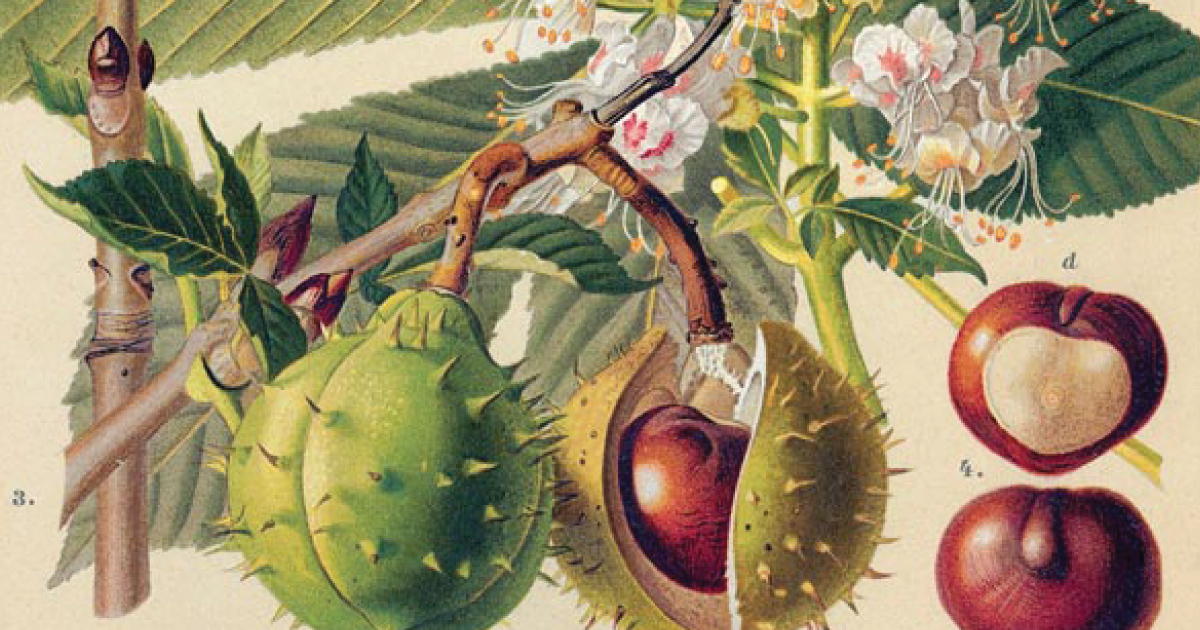
The GE American Chestnut – Restoration of a Beloved Species or Trojan Horse for Tree Biotechnology?
About a century ago the American chestnut tree was attacked by the introduced fungal pathogen (Cryphonectria parasitica). This fungus drove the chestnut to functional extinction. Now, scientists at the State University of New York College of Environmental Science and Forestry (SUNY ESF) claim to have created, through biotechnology, a resistant American chestnut variety.
June 11, 2019 | Source: Independent Science News | by Rachel Smolker
About a century ago the American chestnut tree was attacked by the introduced fungal pathogen (Cryphonectria parasitica). This fungus drove the chestnut to functional extinction. Now, scientists at the State University of New York College of Environmental Science and Forestry (SUNY ESF) claim to have created, through biotechnology, a resistant American chestnut variety. They aim to petition the required regulatory agencies (USDA, FDA, EPA) for deregulation of their genetically engineered chestnut in the near future, with the stated goal of “restoring” the species to nature.
If it is deregulated, the GE chestnut would be the first GE forest tree species to be planted out in forests with the deliberate intention of spreading freely. Monitoring or reversing their spread, once released, would likely be impossible. Performing valid risk assessments of the potential impacts of GE American chestnut on forests, wildlife, water, soils, pollinators or people, is hampered by our lack of knowledge about both the ecology of the American chestnut and forest ecosystems. Furthermore, since American chestnuts can live for more than 200 years, risk factors may change over the tree’s lifetime in unpredictable ways.
